Angles
An angle is formed when two rays (or line segments) share a common endpoint, called the vertex. Angles are measured in degrees, and they are used to measure the amount of rotation or turn between two lines, rays, or line segments.
Types of Angles
There are several types of angles you should be familiar with:
- Acute Angle: An angle that measures greater than 0 degrees and less than 90 degrees.
- Right Angle: An angle that measures exactly 90 degrees.
- Obtuse Angle: An angle that measures greater than 90 degrees and less than 180 degrees.
- Straight Angle: An angle that measures exactly 180 degrees.
- Reflex Angle: An angle that measures greater than 180 degrees and less than 360 degrees.
Measuring Angles
To measure an angle, you can use a protractor. Place the center of the protractor over the vertex of the angle, and align one of the straight edges with one of the rays of the angle. Then, read the number where the other ray crosses the protractor. That number is the measure of the angle in degrees.
Adding and Subtracting Angles
When adding or subtracting angles, simply add or subtract their measures in degrees. Be sure to pay attention to the direction of rotation (clockwise or counterclockwise) and whether you are adding or subtracting to ensure the correct result.
Study Guide
Here are some key points to remember about angles:
- Angles are formed by two rays sharing a common endpoint called the vertex.
- Angles are measured in degrees.
- There are different types of angles, including acute, right, obtuse, straight, and reflex angles.
- Use a protractor to measure angles.
- When adding or subtracting angles, add or subtract their measures in degrees.
Understanding angles is important for geometry and many other areas of mathematics. Be sure to practice measuring and identifying different types of angles to strengthen your understanding.
.◂Math Worksheets and Study Guides Fifth Grade. Ratio

 Activity Lesson
Activity Lesson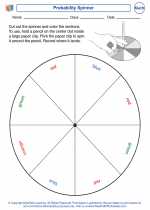
 Activity Lesson
Activity Lesson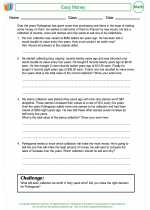
 Worksheet/Answer key
Worksheet/Answer key
 Worksheet/Answer key
Worksheet/Answer key
 Worksheet/Answer key
Worksheet/Answer key
 Worksheet/Answer key
Worksheet/Answer key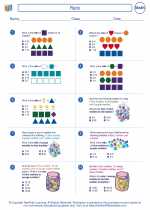
 Worksheet/Answer key
Worksheet/Answer key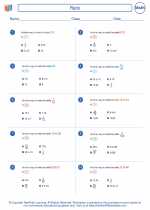
 Worksheet/Answer key
Worksheet/Answer key
 Worksheet/Answer key
Worksheet/Answer key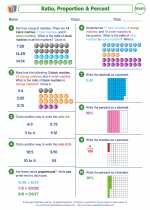
 Worksheet/Answer key
Worksheet/Answer key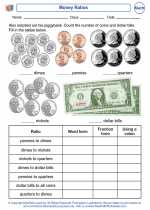
 Worksheet/Answer key
Worksheet/Answer key
 Vocabulary/Answer key
Vocabulary/Answer key
